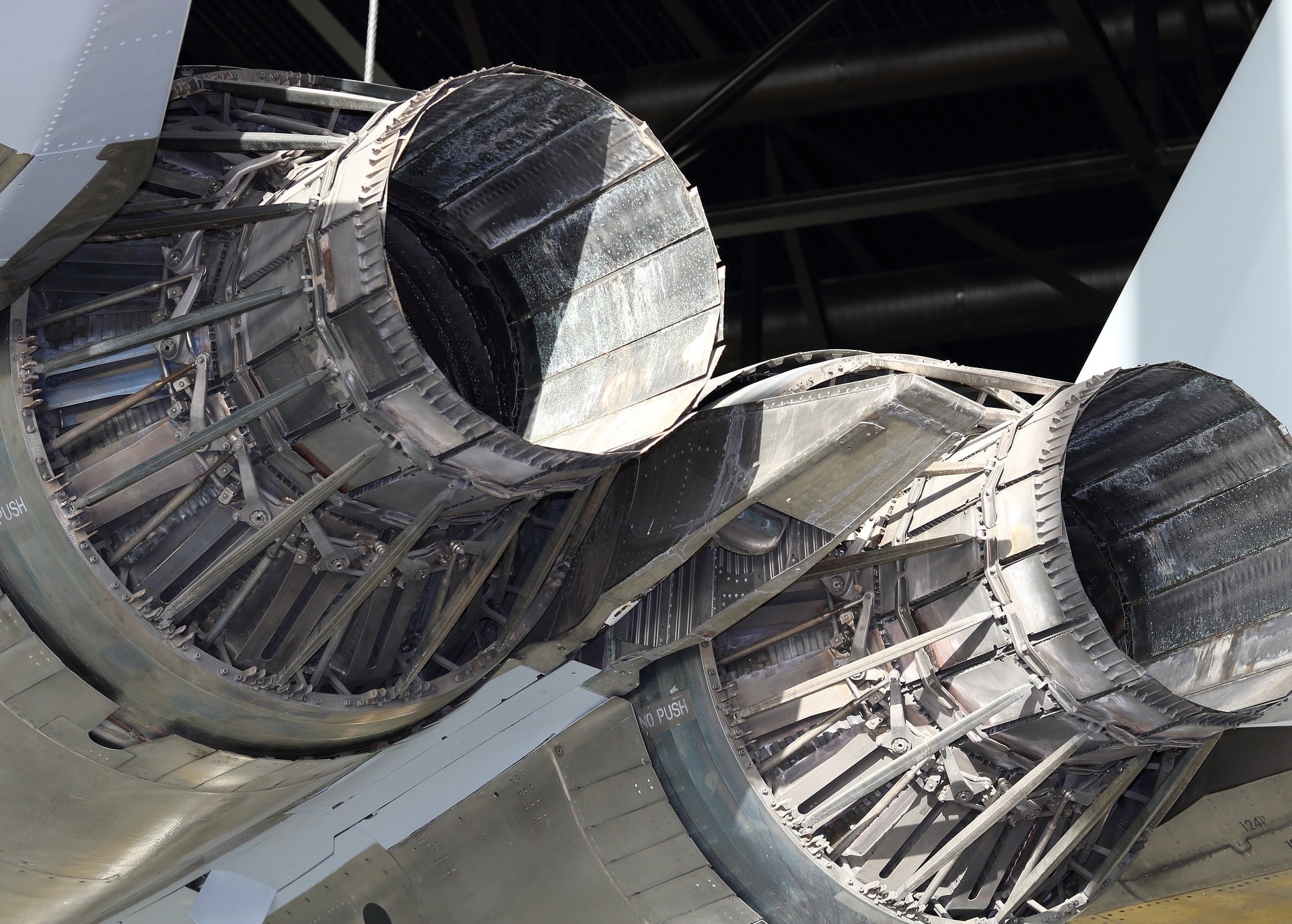An aircraft’s exhaust system is critical to flight safety as defective exhaust assemblies can result in serious incidents like loss of engine performance, carbon monoxide poisoning and even fires.
Unlike regular vehicle exhaust systems, airplane exhaust systems carry out two significant functions. Firstly they help in venting exhaust gases away from the fuselage and engine while decreasing noise and secondly, they indirectly supply carburettor and cabin heat.
Aircraft exhaust systems are consistently exposed to increased temperatures ranging from 1200 to 1400 degrees Fahrenheit (648.9 – 760 Celsius) which means that they require material that can withstand high temperatures for prolonged periods of time. Also, because hydrocarbon fuels consistently burn through these exhausts, they also require materials that have high corrosive resistant properties.
Due to the required properties for aircraft exhaust systems, these parts are usually produced in either Stainless Steel or Inconel Alloy.










 T: + 44 (0)1902 409316
T: + 44 (0)1902 409316